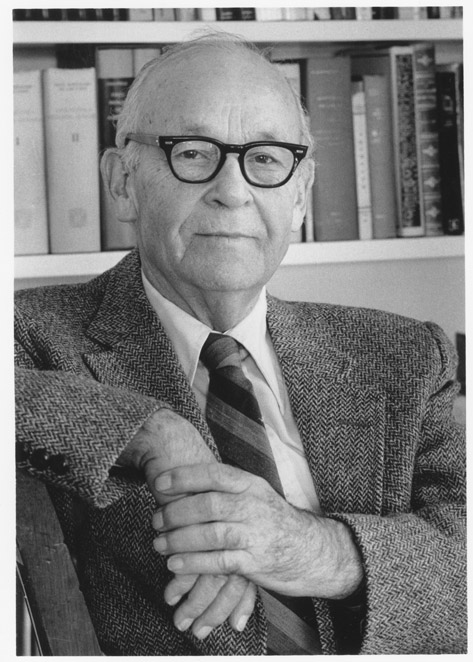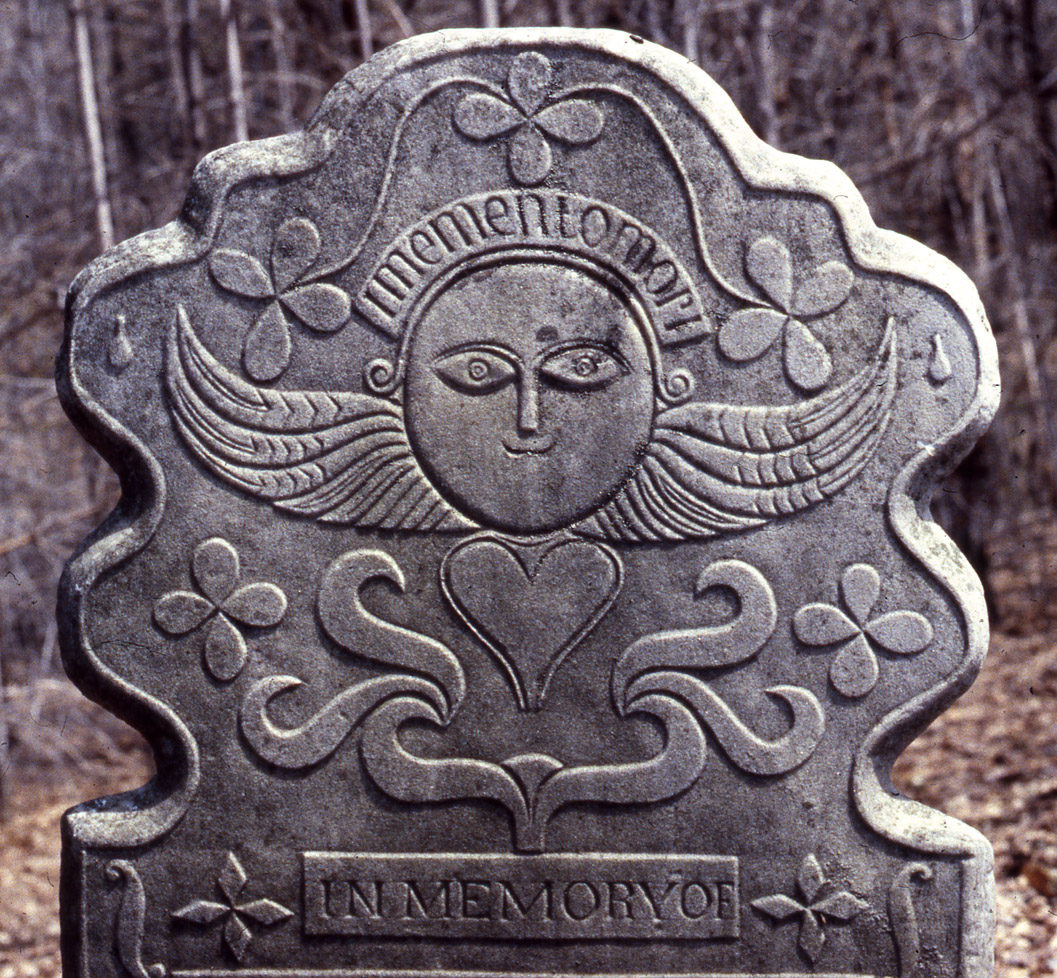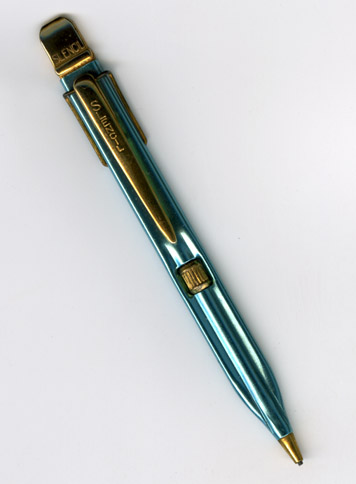Hampshire Regional YMCA Records
In February and March 1890, Smith College Professor J.H. Pillsbury organized several meetings for Northampton citizens interested in the work of the Young Men’s Christian Association. Within a month, prominent local men, including C.H. Lyman, A.L. Williston, George Washington Cable, and F.N. Kneeland, established an Executive Board and committees with representatives from all the Protestant churches to raise funds and secure a building to begin the Northampton YMCA. Incorporation shortly followed, in January 1892.
In its first decade, the YMCA established a Boy’s Department under the direction of Robert L. Williston, started a Women’s Auxiliary, and began a building fund that resulted in the purchase of property from A.L. Williston on King Street. Throughout its history, the YMCA responded to local needs during periods of crisis or transition. During World War I and II, it established recreation programs for factory workers and soldiers stationed in the area, and, from 1942-44, was heavily involved in U.S.O work. In the 1950s and 1960s the YMCA began special programs on civil rights and desegregation. Over the years, a number of prominent local figures played a role in Hampshire Regional YMCA’s history including Robert L. Williston, Oliver L. Bradley, and Errol V. Ridgewell, Executive Director from 1943 through 1969.
Records of the Hampshire Regional YMCA document the Association from its first meetings in 1891 through 1978. The collection contains minutes, constitution and by-laws, reports, board correspondence, ledgers, publications, scrapbooks, and youth, recreation, and wartime program files. Also includes material relating to building campaigns and properties. Additionally documents the long career of Errol V. Ridgwell.






